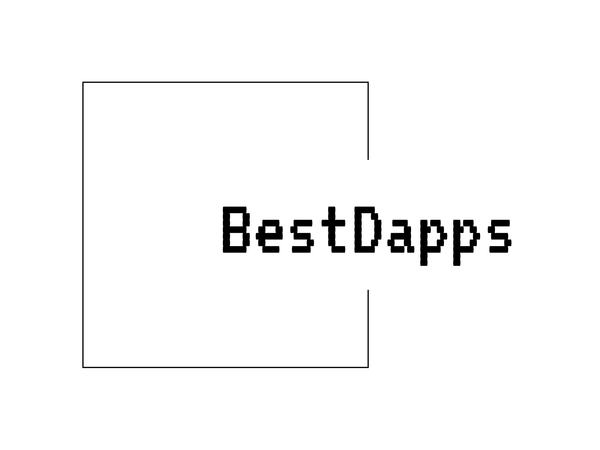
Meet the Minds Behind MINA's Lightweight Blockchain
Share
MINA Founding Team: The Visionaries Behind a Lightweight Blockchain
The idea behind the MINA protocol—formerly known as Coda Protocol—began to take shape in 2017. The founding team was driven by a bold vision: to create a blockchain that overcomes scalability issues inherent in existing networks like Bitcoin and Ethereum. At the heart of this vision was the notion of a highly compressed blockchain powered by advanced cryptography, which would eventually make MINA the “world’s lightest blockchain”. The team behind MINA is a blend of technical prowess and visionary leadership, combining deep knowledge in cryptography, distributed systems, and economics.
Evan Shapiro: CEO and Co-Founder
The central figure behind MINA is Evan Shapiro, who co-founded the project. Shapiro holds a degree in Computer Science from Carnegie Mellon University, where he specialized in distributed systems and cryptocurrency. His academic background provided him with the technical insights needed to envision a blockchain that could remain accessible and decentralized, even while scaling to millions of users. Shapiro has been a vocal proponent of decentralization and ensuring that blockchain systems do not become unmanageable "data-heavy" infrastructures. His leadership has been instrumental in guiding MINA’s growth and fostering the community around it.
Shapiro brings a mix of idealism tempered with technical feasibility, working to ensure that the protocol's promise of lightweight scalability can actually be translated into real-world use cases without compromising on security or decentralization.
Izaak Meckler: CTO and Co-Founder
Another key figure in the founding of MINA is Izaak Meckler, who serves as the Chief Technology Officer (CTO). A mathematician and computer scientist by training, Meckler’s contributions are heavily rooted in cryptography. His innovative work with zero-knowledge proofs (zk-SNARKs) forms the backbone of MINA’s protocol. It’s largely thanks to Meckler’s technical work that MINA is able to reduce the blockchain to just 22kb in size, a solution that addresses the scaling challenges of traditional blockchain networks while maintaining high security.
Prior to MINA, Meckler was involved in theoretical research, with much of his focus on cryptographic systems. His deep academic background in mathematics enables him to approach blockchain design with rigorous attention to cryptographic security while pioneering new mechanisms to drive MINA’s growth as a "succinct blockchain."
O(1) Labs: The Driving Force Behind Mina
O(1) Labs, the software development company founded alongside MINA, has been the primary builder and maintainer of the protocol. The name “O(1)” refers to a concept in computer science - an algorithm whose time to complete is constant, regardless of the size of its input. This is fitting for MINA’s goal of creating scalable, lightweight solutions. Initially, O(1) Labs was responsible for the protocol’s development and for maintaining its long-term vision. The company is led by Shapiro and Meckler, with the support of a dedicated team of engineers and cryptographers. The team has also received backing from notable investors, including prominent venture capital firms, to help scale their vision.
The company, in tandem with its team, remains focused on addressing problems of blockchain bloat and usability, elements that have historically plagued other networks. Through O(1) Labs, MINA has been able to see regular updates and improvements, particularly in areas like encryption, consensus, and user participation.
Notable Advisors and Community Contributions
In addition to the core team, MINA has also attracted a range of expert advisors in the fields of cryptography, software development, and blockchain economics. These advisors are instrumental in providing strategic direction, while also contributing to technological improvements. Over time, the MINA Protocol has had input from various open-source developers and private contributors, solidifying its reputation as an open and community-driven project.
Ultimately, the founding team’s approach to MINA highlights a dedication to fundamental blockchain principles, combined with a willingness to solve the scalability problem through cutting-edge techniques. While challenges remain in its adoption and evolution, the technical foundation of the protocol owes much to the strong leadership and expertise of its founding members.
